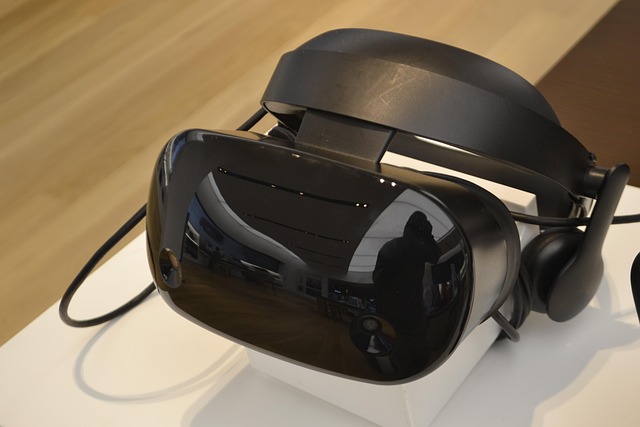The gaming landscape is evolving at a breakneck pace, and at the forefront of this transformation are augmented reality games, which seamlessly blend the digital and physical worlds. Imagine walking through your neighborhood and suddenly finding yourself transported to a fantastical realm filled with mythical creatures and ancient treasures. This is the promise of augmented reality (AR), and it’s quickly becoming a cornerstone of immersive gaming experiences.
Virtual reality (VR) has laid the groundwork for gaming innovation by offering complete immersion into digital environments. Players don VR headsets and are whisked away to alternate realities where the limitations of the real world no longer exist. However, the crux of AR lies in its ability to layer digital elements onto the real world. This means that players can engage with their surroundings as they embark on quests and adventures directly in their own environment, thus increasing the feeling of connection and presence.
The rise of augmented reality games is perfectly aligned with the development of the metaverse—a collective virtual shared space created by the convergence of virtually enhanced physical reality and physically persistent virtual reality. Imagine a universe where your avatar could stroll down a digital street filled with interactive storefronts, meet friends for a virtual coffee, or embark on a collaborative quest with players from around the globe, all while still standing in your living room.
Popular AR games like Pokémon GO have already demonstrated the profound impact that augmented reality can have on gameplay. Players have taken to the streets to find Pikachu, creating a social phenomenon that encouraged exercise, exploration, and interaction with others in the community. The success of such games indicates a demand for immersive experiences that not only entertain but also promote physical activity and social engagement.
As developers continue to explore the potential of augmented reality, we can expect increasingly sophisticated technology that bridges the gap between reality and fantasy. Future AR games may incorporate advanced AI to create dynamic and ever-evolving narratives based on player preferences and interactions. The metaverse will serve as the ultimate canvas, where players can collaboratively build worlds and adventures, blurring the lines between creator and consumer.
Moreover, the opportunities for storytelling in AR are boundless. Players can experience rich narratives that unfold around them, utilizing their physical space to create a sense of urgency and reality that has never been possible in traditional gaming environments. Imagine stepping into a horror-themed adventure, where the game’s climax unfolds in your own living room, complete with ambient sounds and interactive elements that make your heart race.
Furthermore, the potential applications for AR games extend beyond entertainment. Educational games could turn a classroom into an interactive laboratory or history lesson, where students can visualize past events on-site, bringing history to life in ways that textbooks can only dream of. This innovative approach could enhance learning and retention, making education an exciting and dynamic experience.
The future of gaming is bright, and the rise of augmented reality games within the metaverse represents just the tip of the iceberg. As technology continues to advance, players can look forward to more accessible and engaging experiences that seamlessly integrate the digital with the real world. This synergy is paving the path for a new era of gaming adventures, one that celebrates creativity, community, and the thrill of discovery. Prepare to step into a world where the game isn’t confined to a screen but is all around you, inviting you to take part in the adventure that awaits!




